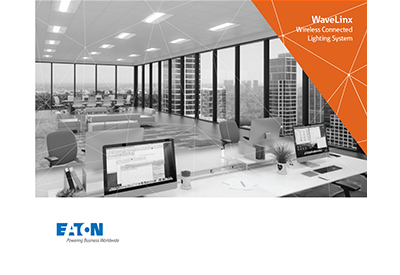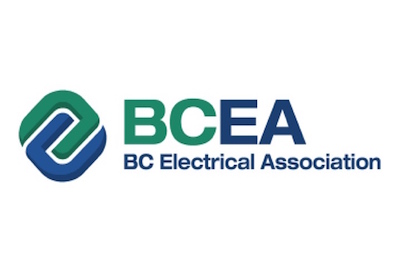WaveLinx Wireless Connected Lighting System Is Industry-Leading Technology, in a Simple Package

September 10, 2018
Say goodbye to the high costs and complexity of typical addressable control systems WaveLinx is designed for plug-and-play connectivity, for either stand-alone or building network applications.
Stand-alone installation: for smaller office spaces within a larger building.
– IT setup not required
– Scalable to join larger network
– Set up and manage the system via mobile app
Network Installation: For entire building connectivity.
– Smart building ready
– Simple configuration
– Security features for peace of mind
WaveLinx out-of-the-box functionality provides the fastest control confirmation on the market. It’s also one of the easiest lighting systems to install and manage. WaveLinx is the designer and contractor choice for offices, medical buildings, educational facilities, and more.
-Save on installation time and cost
WaveLinx is designed to get you up and running faster. In some cases, it’s not even necessary to involve IT.
-Reduce commissioning time
The commissioning process doesn’t need to cause headaches or hang-ups. The WaveLinx built-in features reduce the time by 40% or more.
-Collect key building data
Integrated sensors on the light fixtures gather real-time building data, so you can make more informed decisions and save energy.
-Stay secure
The WaveLinx wireless system is equipped with unparalleled, 7-tier network security features.
Control it all, from your mobile device
View building stats and program multiple zone settings conveniently, with an easy-to-use mobile app.
Wave Linx platform includes these key product offerings.
– Wireless Area Controller
The Wireless Area Controller (WAC-POE) is the main component of the Eaton WaveLinx Wireless Connected Lighting System. The WAC coordinates between the WaveLinx Mobile App and various WaveLinx devices to create a smart building ecosystem that provides out of the box functionality and leverages our patent pending automatic code commissioning features.
– Integrated Sensor -Sensing | Daylight | Wireless
The integrated sensor combines control within the light fixtures to reduce installation and design time; while meeting energy codes. With the integrated sensor the lighting design is the control design.
– Wireless Ceiling Sensor
The room based wireless sensor offers PIR occupancy sensing of up to 1500 square feet. The room-based sensor is battery powered and is one of the smallest ceiling mounted room based wireless occupancy sensors on the market. The sensor in combination with the WaveLinx mobile application allows you to gain considerable energy savings from occupancy sensing-based control of lighting and plug loads.
– Wireless Wallstation
The wireless wallstation is available in several small and large button configurations as well as various colours. These wallstations are mains powered and provide wireless control of the lighting in each area. The wireless wallstation mounts in a standard wall box and includes a decorator style color matching wallplate. Each wallstation is fully configurable to provide local and multi-level control in each area.
– Wireless Receptacle
The wireless receptacle provides simplified wireless plugload control. Plug load control is required now in many building codes as part of an energy saving control strategy. The wireless receptacle is automatically paired with all WaveLinx occupancy sensors in a space when it is assigned to an area using the WaveLinx Mobile Application.
– Lighting products
Eaton’s WCL technology offers an intelligent, simple, easily control of various luminaires to meet application requirements that support integrated or tile mount connected sensors for occupancy and daylighting. Eaton’s design ensures guaranteed compatibility and eliminates the worry of controls and luminaire integration
Brochures here:










![Guide to the Canadian Electrical Code, Part 1[i], 26th Edition – A Road Map: Section 10 – Grounding and Bonding](https://electricalindustry.ca/wp-content/uploads/2022/11/Guide-CE-Code-2.png)





